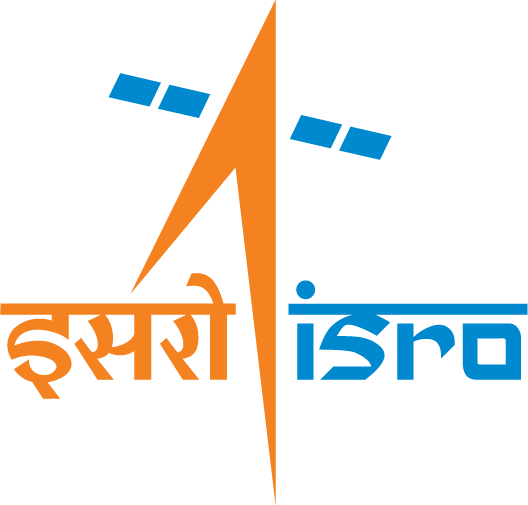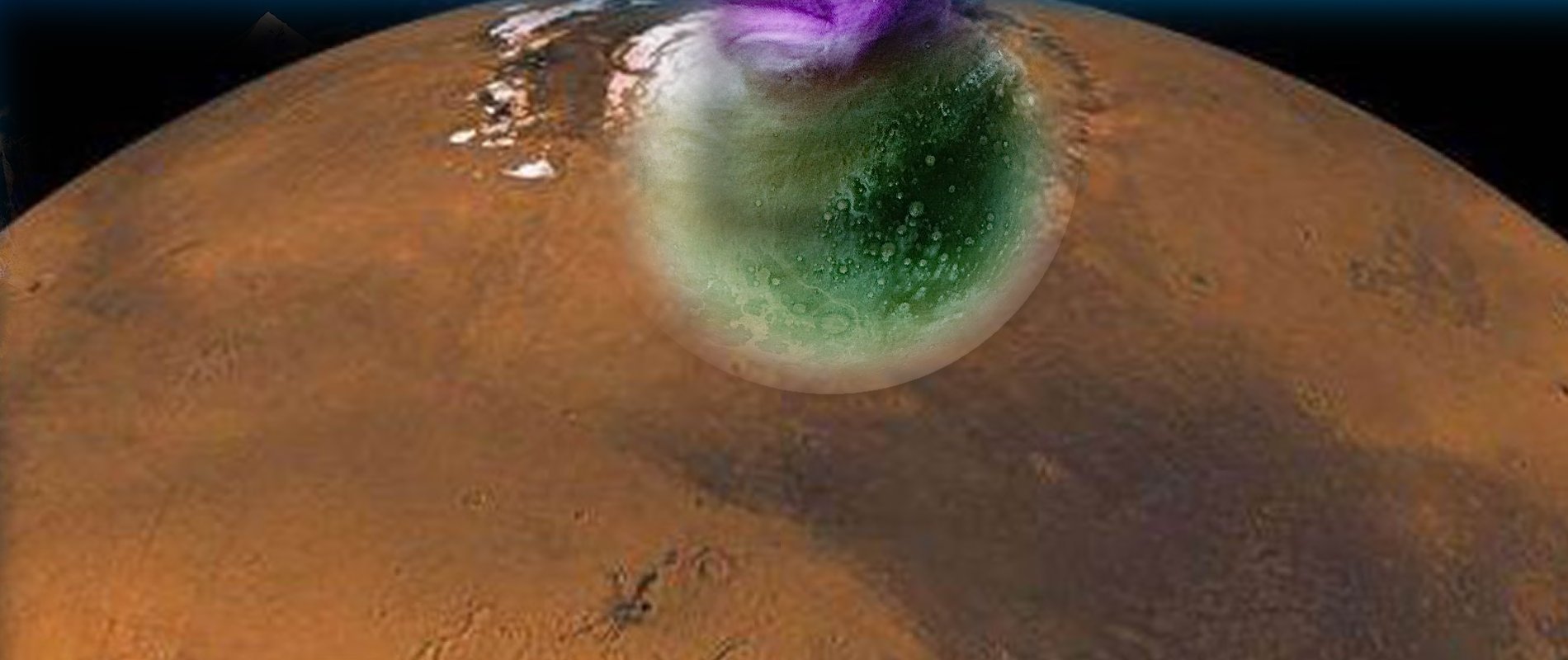On the bucket list of several of us to might be to move towards the poles at least once in a life time to witness the breath-taking Northern or Southern lights on our planet. On Earth we don’t have global Auroras but move to Mars and we may witness one! In fact Mars can have global or regional auroras. That’s because today’s Mars does not have an Earth-like intrinsic global magnetic field which can give protection from solar storms. Mars, however, has crustal magnetic anomalies in the form of remnant magnetic fields. This can be recorded in the minerals present within the cooled volcanic lava. The first evidence of Martian auroras above these localised magnetised regions was recorded 15 years ago using ESA’s Mars Express, (Bertaux et al., 2005). These were observed during the night-time in the form of patchy, short-lasting UV emissions mostly in Southern hemisphere. This type of aurora is classified as discrete aurora. Further adding to it, Hope on board Emirates’ Mars Mission has further discovered sinuous discrete auroras (discrete auroras at a massive scale) which wrapped nearly half of the planet (Lillis et al., 2022).
There are several factors responsible for a planet to witness auroras which includes magnetic-field geometry, atmospheric composition and the densities of different constituents in the planetary atmosphere. Recent studies using MAVEN data (Bowers et al., 2023; Johnston et al., 2023) have revealed that the discrete Martian auroras occur most distinctly over two adjacent regions on the surface with opposite polarity. Those two distinct regions interact differently with the inter-planetary magnetic field leading to a process called magnetic reconnection. During this process, solar particles accelerate towards the planet, hitting the Martian upper atmospheric molecules, exciting them, finally leading to auroras. Apart from patchy discrete ones, Mars also has diffused auroras which occur during the solar storms and proton auroras which are seen when solar-wind protons form hydrogen by ripping off the electrons from the atoms.

Figure: Three types of aurora on Mars. Mars Atmosphere and Volatile Evolution (MAVEN)/Imaging UltraViolet Spectrograph (IUVS) (Schneider et al., 2021)
References:
Bertaux, J. L., et al. Discovery of an aurora on Mars. Nature 435, 790–794 (2005). https://doi.org/10.1038/nature03603
Bowers, C. F. et al., Evidence for magnetic reconnection as the precursor to discrete aurora at Mars. Journal of Geophysical Research: Space Physics, 128 (2023). https://doi.org/10.1029/2023JA031622
Johnston, B. J. et al., Discrete aurora at Mars: Insights into the role of magnetic reconnection, Geophysical Research Letters, 50 (2023). https://doi.org/10.1029/2023GL104198
Lillis, R.J., et al., First Synoptic Images of FUV Discrete Aurora and Discovery of Sinuous Aurora at Mars by EMM EMUS. Geophysical Research Letters, 49(16) (2022). https://doi.org/10.1029/2022GL099820
Schneider, N. M., et al. Discrete aurora on Mars: Insights into their distribution and activity from MAVEN/IUVS observations. Journal of Geophysical Research: Space Physics, 126 (2021). https://doi.org/10.1029/2021JA029428



